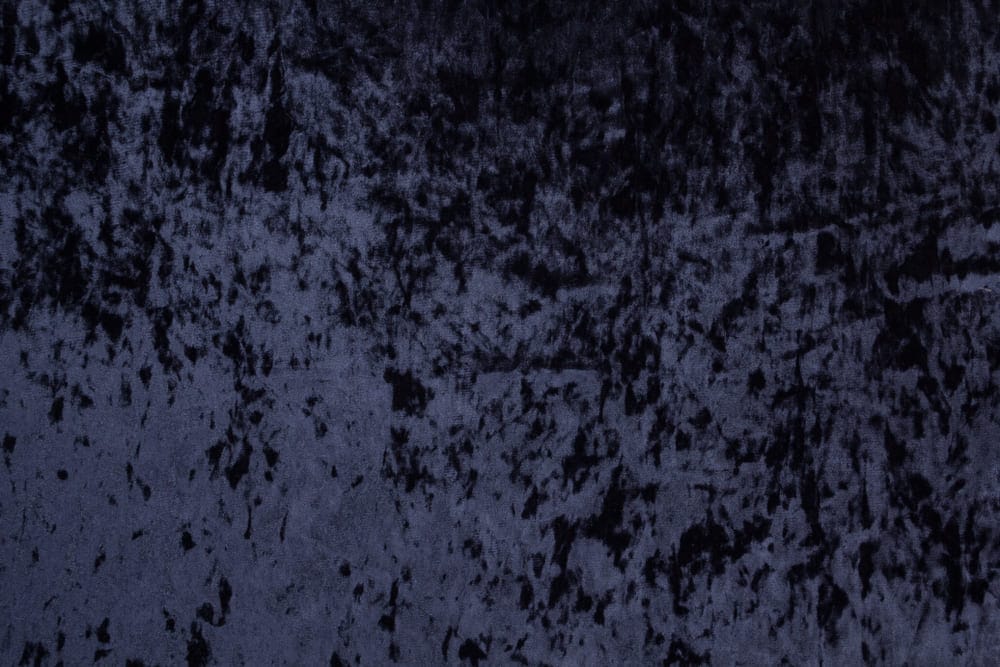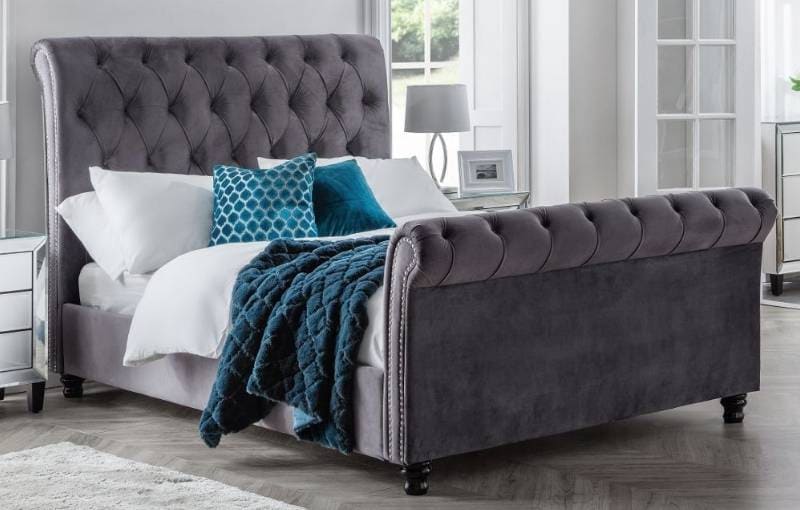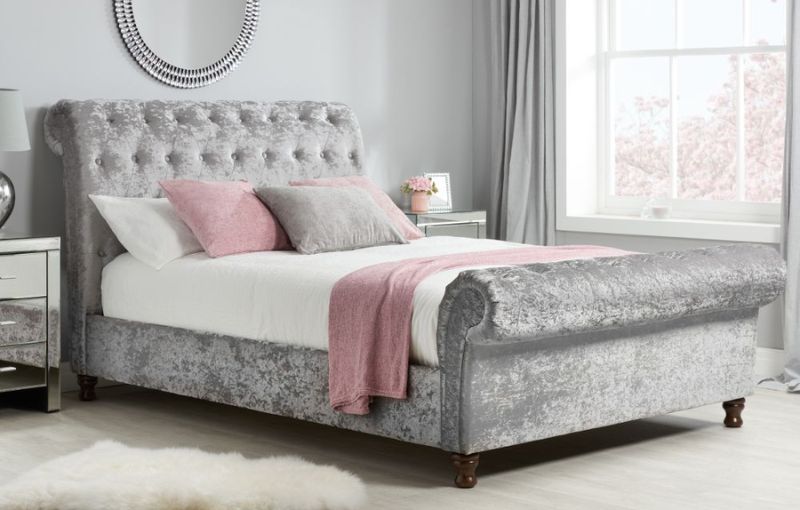- Home
- Blogs
- FabCouture
- Velvet vs. Crushed Velvet: Unveiling the Distinctions
- Velvet vs. C...
Velvet vs. Crushed Velvet: Unveiling the Distinctions
- By FabCouture
- • Oct 02, 2023

When you embark on a upholstery fabric shopping journey, you'll inevitably encounter the allure of velvet and crushed velvet. These two fabric variations are prominent choices for upholstering various furniture pieces, including beds, sofas, and chairs. Perhaps you're pondering which fabric type reigns supreme in terms of quality and ease of maintenance? In this comprehensive guide, we'll delve into this question, shedding light on the nuances between velvet and crushed velvet.
Understanding Velvet
Velvet is a luxurious and opulent fabric known for its sleek, soft, and lustrous appearance. Historically, it was synonymous with royalty and nobility, making it a symbol of luxury and sophistication. Over the centuries, velvet has remained a staple in both the fashion world and home decor.
Originally crafted from silk, velvet boasts a smooth surface and an elegant drape. It's a favored choice for evening wear and is closely associated with a lavish aesthetic. In contemporary times, more affordable materials like rayon, polyester, cotton, linen, and wool have been introduced to velvet production, rendering it more accessible.
While velvet may no longer exclusively rely on pure silk, it continues to be highly esteemed for crafting items like blankets, bedding, and stuffed animals, where softness is paramount. Notably, the Valentino Sleigh Bed in grey velvet exemplifies the timeless allure of this fabric.

It's essential to note that velvet isn't a specific fiber but rather a composite of multiple fabric layers woven together, with each layer stacked atop the other. These layers are intricately woven using vertical yarn on specialized looms that simultaneously spin the fabric sheets.
Subsequently, these fabric layers are separated to create the distinctive pile effect before being wound onto rolls. This meticulous process remains consistent regardless of the materials used.
In contemporary velvet production, silk is often blended with non-silk fabrics, and occasionally synthetic materials are incorporated to enhance affordability. This does make velvet slightly more challenging to dye but not insurmountable.
Crushed Velvet
On the other hand, crushed velvet represents a specific variant of velvet and is one of the most prevalent types. Achieved by manipulating the fabric while wet, it creates a crumpled and crushed appearance. Alternatively, the crushed effect can be induced by pressing the fabric pile in a different direction.
Check out the Castello Bed in crushed velvet, where the sheen and plushness are more pronounced.

While traditional velvet possesses a lustrous finish, crushed velvet takes it a step further with its heightened shine, intricate patterns, and distinctive stretchy texture. It's a favored choice for upholstery in the furniture industry and is steadily gaining popularity in garment making.
Today's crushed velvet is typically crafted from silk blended with synthetic materials such as polyester, a combination that imparts the desired stretchiness while also making it more cost-effective. In fact, there are now crushed velvet fabrics composed entirely of polyester.
This does, however, pose challenges in the dyeing process when compared to traditional velvet.
A Side-by-Side Comparison
To recap, let's outline the key distinctions between velvet and crushed velvet:
Velvet:
- Produced by weaving multiple fabric layers simultaneously
- A distinct type of fabric
- Exhibits a glossy appearance
- Presents a uniform, non-patterned surface
- Doesn't necessitate additional backing for reinforcement and stability
- Commonly used in dressmaking and upholstery
- Lacks inherent stretchiness
- Relatively easy to dye
Crushed Velvet:
- Achieved by twisting the velvet fabric while wet or manipulating the fabric pile in a different direction
- A specific type of velvet
- Possesses a more pronounced sheen
- Features an intricate patterned surface
- Requires supplementary backing for fabric reinforcement and stability
- Particularly favored for furniture upholstery
- Notably stretchy
- Presents dyeing challenges, primarily due to the presence of polyester
In conclusion, both velvet and crushed velvet have their unique characteristics and applications, making them suitable for various purposes. The choice between the two ultimately hinges on your specific needs and preferences, whether you prioritize a classic, elegant look or a more textured, eye-catching appearance.
Before you go, consider exploring Fabcouture, your ultimate destination for all your fabric requirements. Discover the finest quality velvet fabrics at exceptionally affordable prices at Fabcouture, where luxury meets accessibility.
Leave a Comment
Blogs
Popular Posts
Newletter
Thanks for subscribe.

Fabcouture is an online fabric store to satisfy all your couture fabrics cravings for fabric connoisseurs. We delight in the fact that we source...
0 Comment